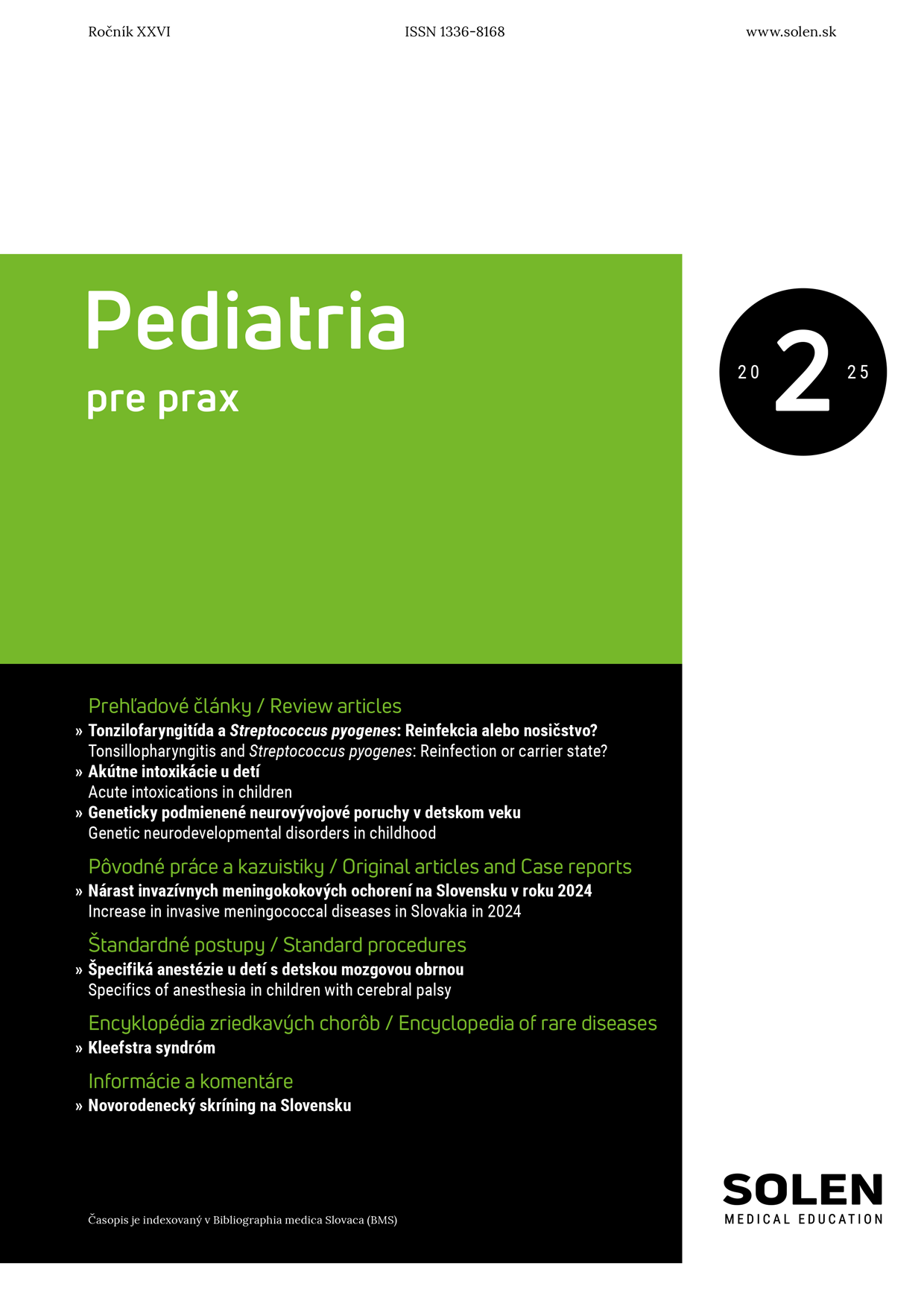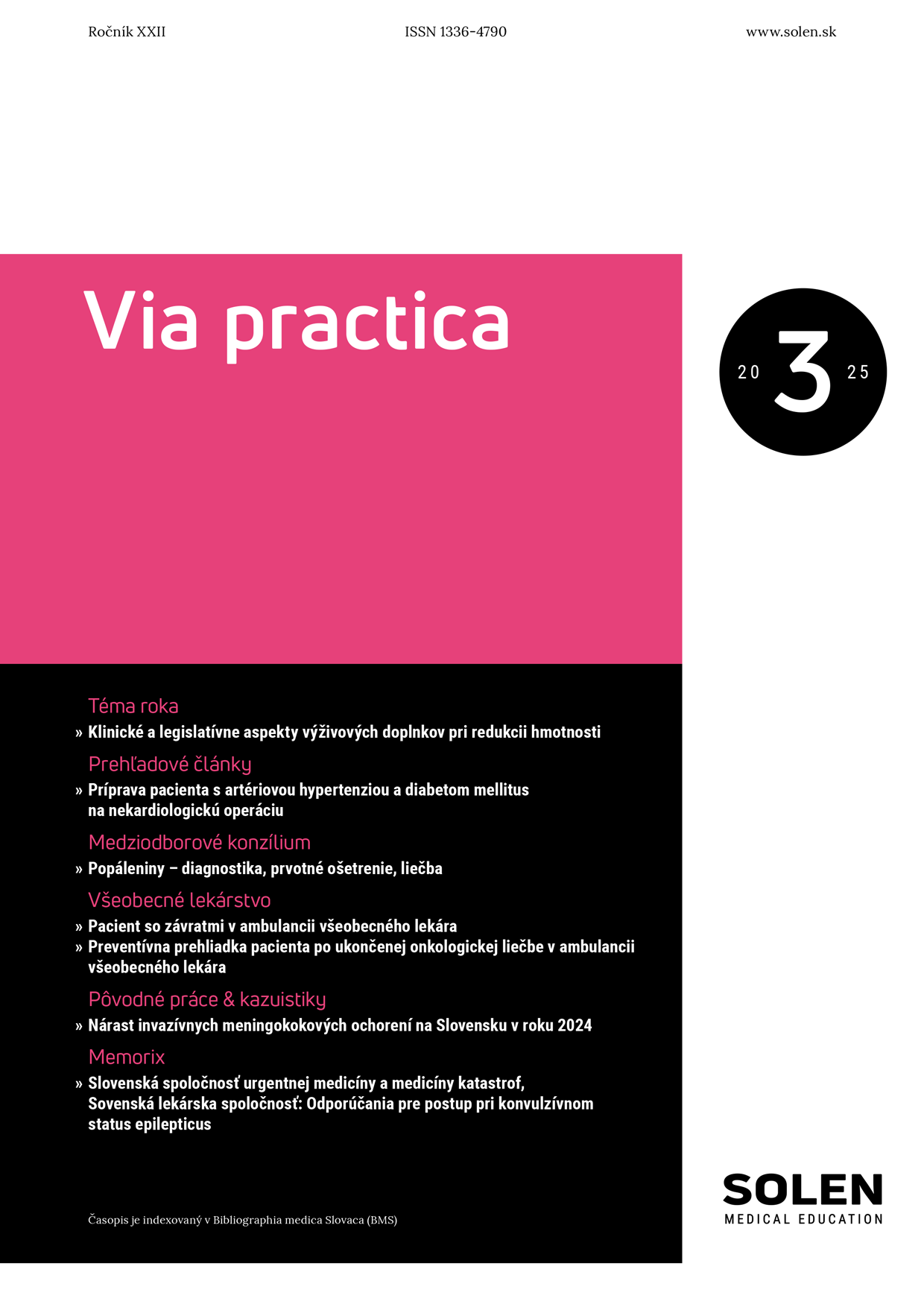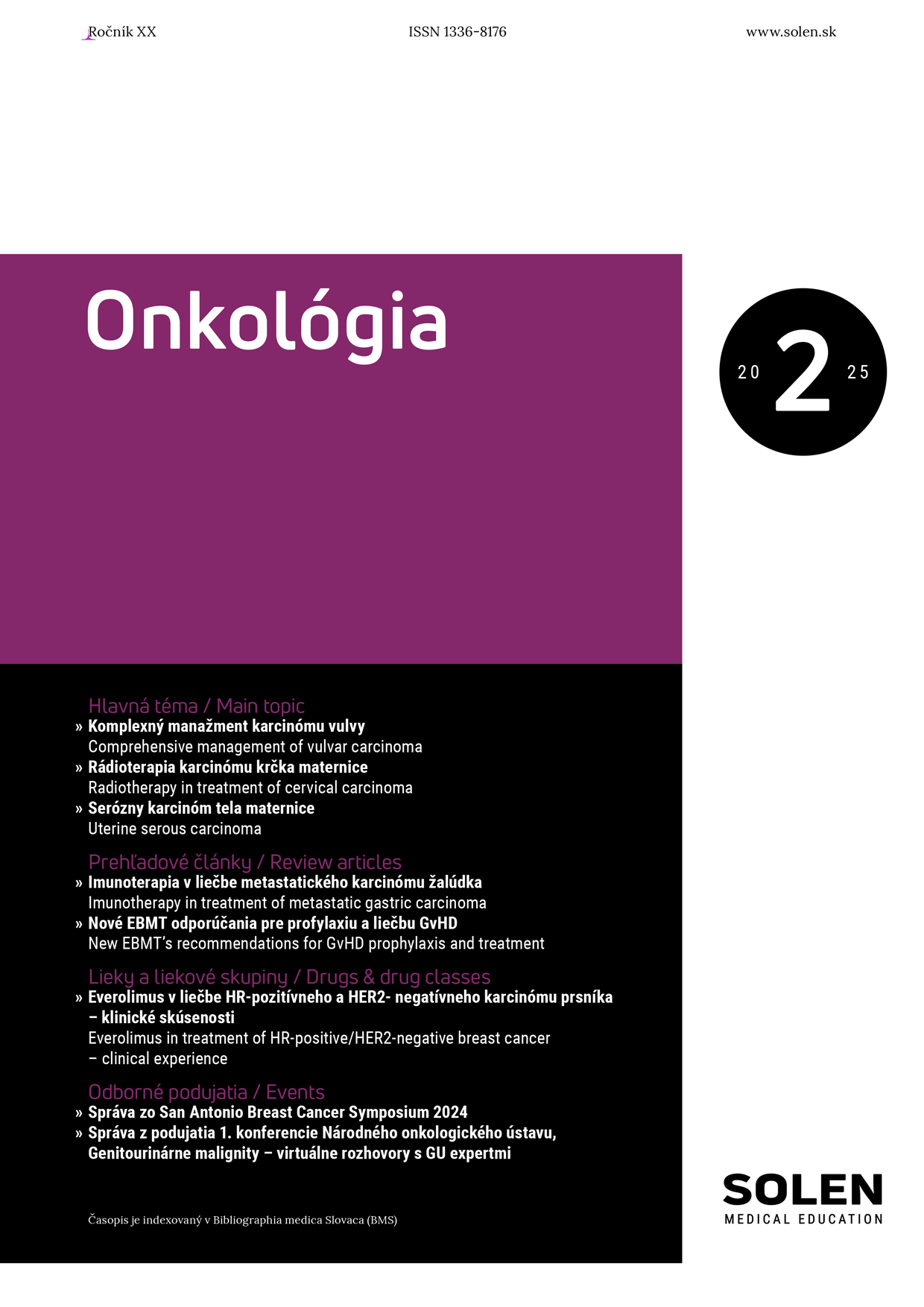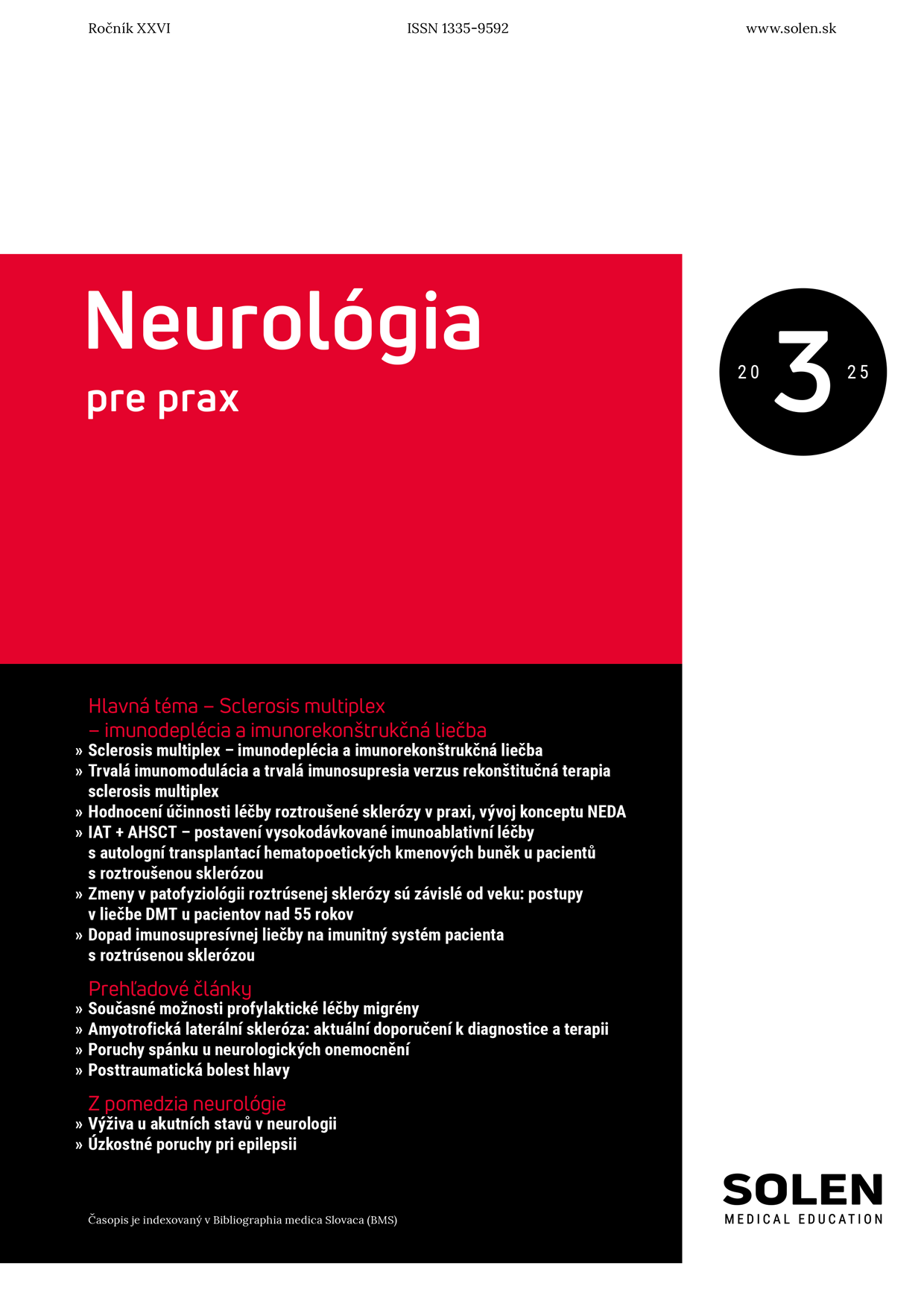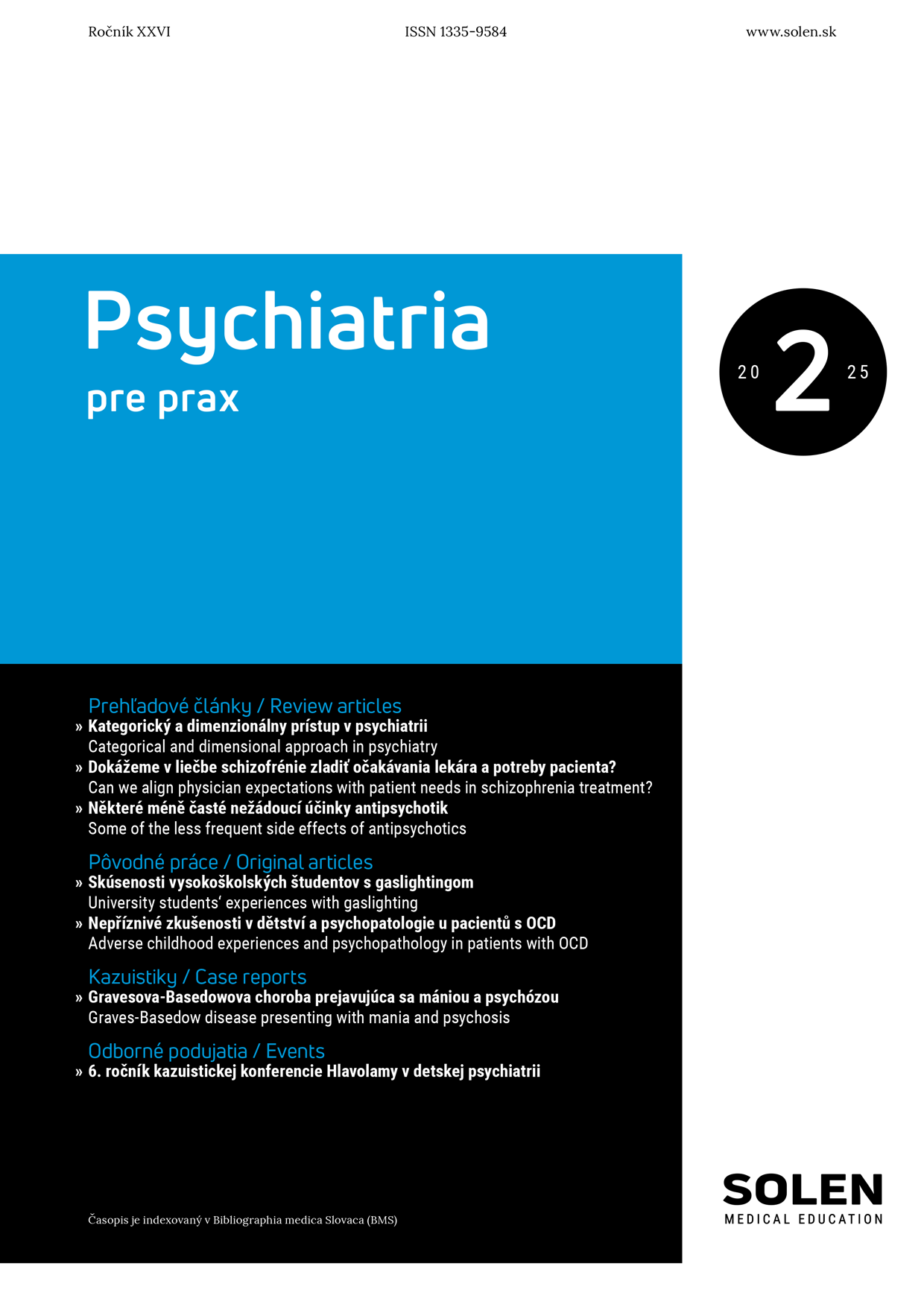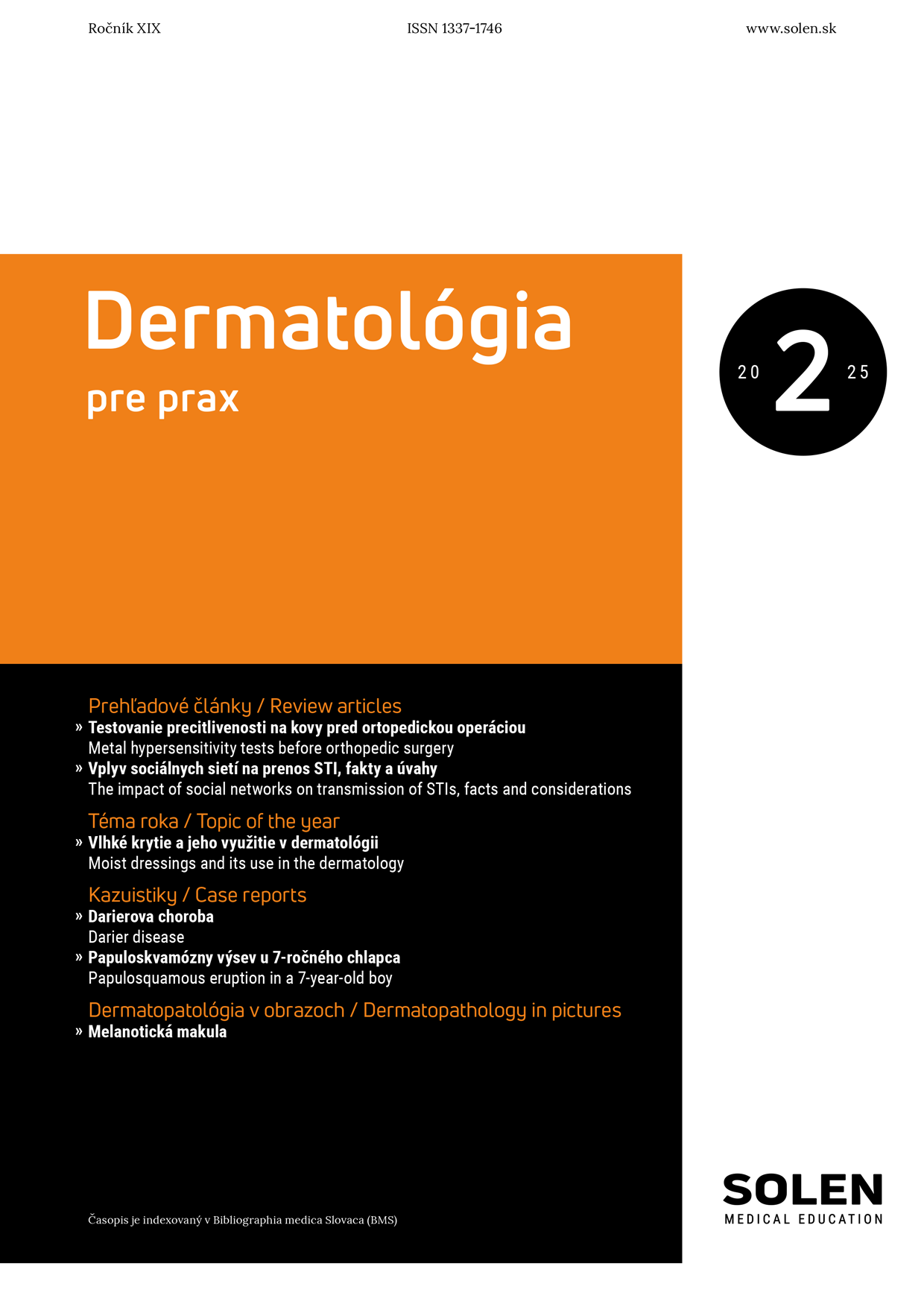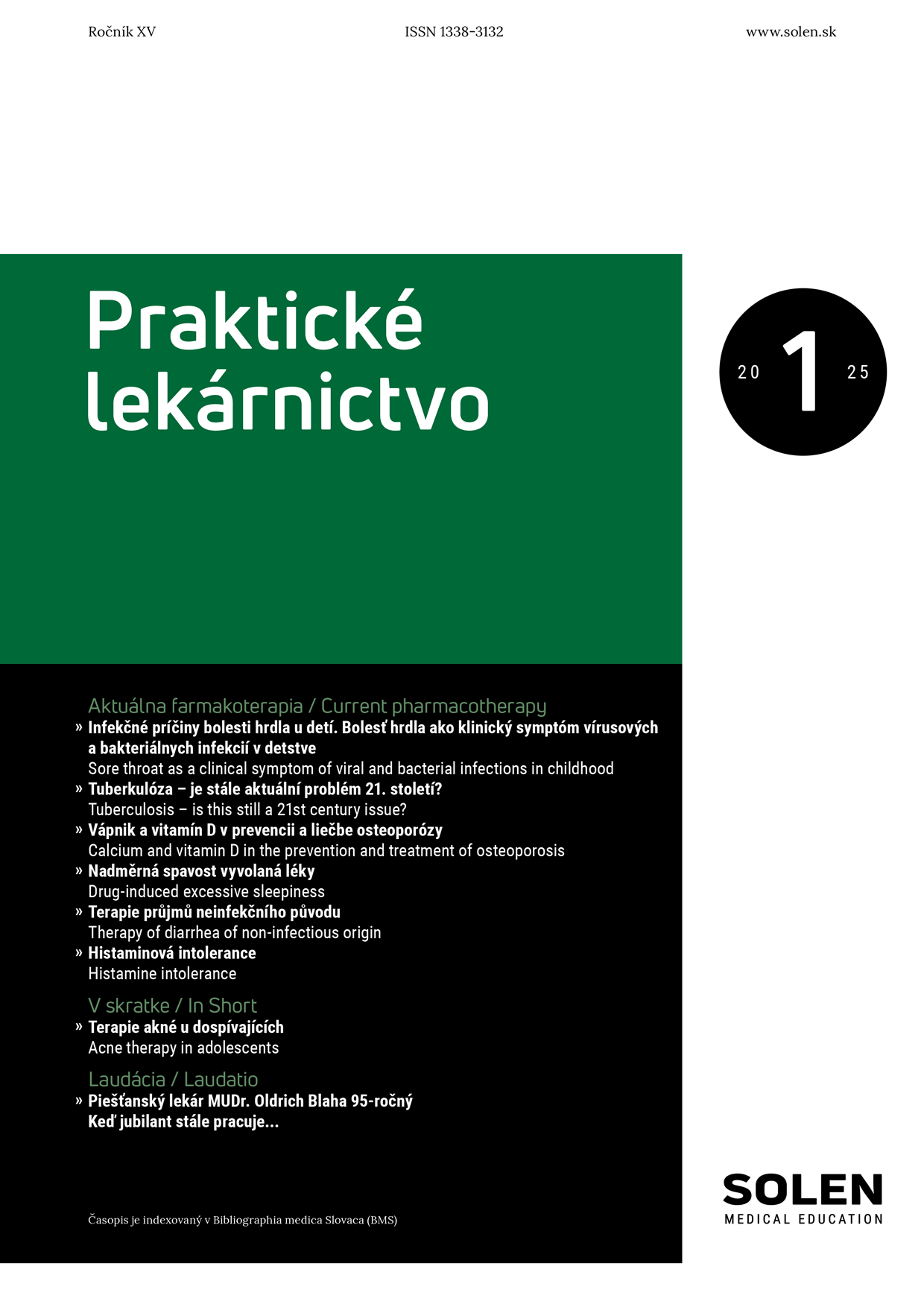Neurológia pre prax 1/2021
Posttraumatický hydrocefalus
MUDr. Lubomír Jurák, Ph.D., doc. MUDr. Vladimír Beneš, Ph.D., prof. MUDr. Petr Suchomel, Ph.D.
Posttraumatický hydrocefalus představuje aktivní a progresivní proces nadměrné akumulace mozkomíšního moku způsobený narušenou likvorodynamikou po kraniocerebrálním poranění. Incidence posttraumatického hydrocefalu je v literatuře udávána ve velmi širokém rozmezí 0,7–86 %, což je důsledkem rozdílů v diagnostických kritériích a klasifikaci. 32letý pacient byl přijat po pádu na inline bruslích na oblast zátylku. Vstupně byl jeho stav zhodnocen jako Glasgow Coma Scale 4 s pravostrannou mydriázou. Dle výpočetní tomografie mozku byl zjištěn akutní subdurální hematom frontotemporoparietálně vpravo s přetlakem středočárových struktur doleva a difuzní edém mozku. Byla provedena evakuace hematomu z dekompresivní kraniektomie. S měsíčním odstupem došlo u pacienta k rozvoji těžké levostranné hemiparézy, somnolence a zpomalení psychomotorického tempa. Na výpočetní tomografii mozku byl nalezen čtyřkomorový komunikující posttraumatický hydrocefalus. Pacientovi byl zaveden ventrikuloperitoneální shunt a byla provedena kranioplastika defektu kalvy po dekompresivní kraniektomii pro propadávající se kožní lalok. I přes primárně neuspokojivě se vyvíjející klinický stav s nutností několikrát upravit otevírací tlak ventilu ventrikuloperitoneálního shuntu a jedenkrát provést výměnu celého zkratového systému je pacient pět let po kraniotraumatu ve velmi dobrém stavu – lucidní, orientovaný všemi směry, komunikující, bez zásadní poruchy hybnosti, modified Rankin Scale 2.
Kľúčové slová: posttraumatický hydrocefalus, kraniocerebrální poranění, syndrom trepanovaného, ventrikuloperitoneální shunt
Posttraumatic hydrocephalus
Posttraumatic hydrocephalus is an active and progressive process of excessive accumulation of cerebrospinal fluid due to impaired dynamics of cerebrospinal fluid caused by traumatic brain injury. The incidence of posttraumatic hydrocephalus is given in the literature in a very wide range of 0.7–86 %, which is the result of differences in the diagnostic criteria and classification. A 32-year-old patient was admitted after a fall on inline skates at the nape area. His entering condition was assessed as Glasgow Coma Scale 4 with right-sided mydriasis. Brain computed tomography revealed acute subdural hematoma frontotemporoparietally above right hemisphere with midline structures being shifted to the left side and diffuse cerebral edema. The hematoma was evacuated from decompressive craniectomy. One month later the patient developed severe left-sided hemiparesis, somnolence and slowing down of psychomotor speed. Brain computed tomography revealed four-ventricles communicating posttraumatic hydrocephalus. The patient was introduced ventriculoperitoneal shunt and he was treated with cranioplasty of the skull defect after decompressive craniectomy because of sinking skin flap. Despite primarily disappointingly evolving clinical condition with the need to repeatedly adjust the opening pressure in the valve of ventriculoperitoneal shunt and once to replace the entire shunt system, five years after craniotrauma the patient was in very good condition – lucid, oriented across all aspects, communicating and without movement disorders, modified Rankin Scale 2.
Keywords: posttraumatic hydrocephalus, craniocerebral trauma, syndrome of trephined, ventriculoperitoneal shunt


